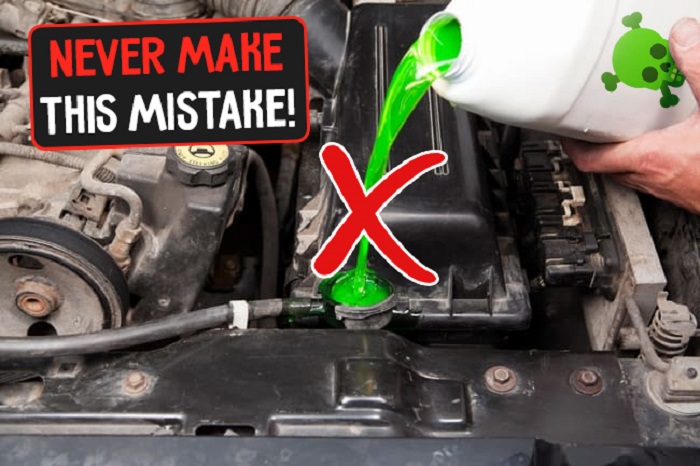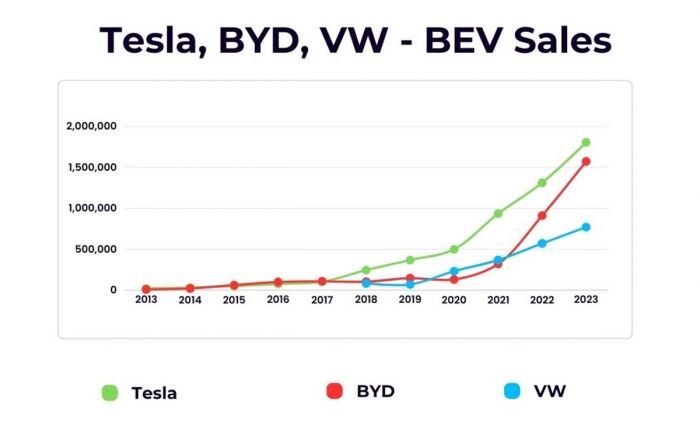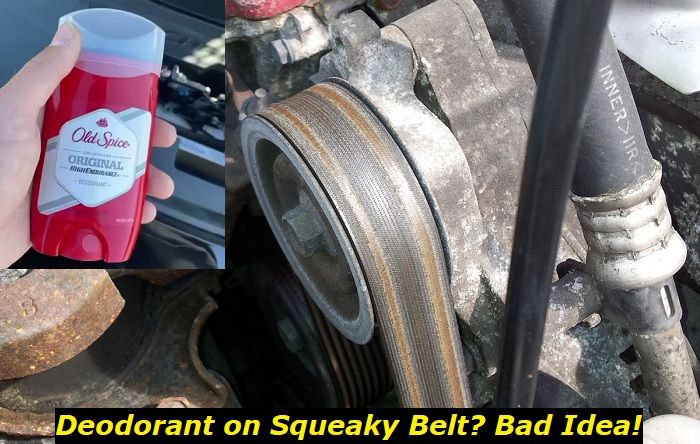The cooling system is one of the essential parts of any engine. Without it, the engine would overheat and seize in a matter of minutes, which is why it needs to be regularly checked for leaks, coolant levels, and periodically flushed. If you can't remember when was the last time you did that, it means your radiator is probably overdue for coolant change. Of course, unless you drive something like classic 911, which is air-cooled and only has a cooling fan, not the conventional water-cooling system. Fortunately, flushing your radiator is something you can do in your driveway, and you don't need to take your vehicle to the shop. Just follow these simple instructions and have your basic tools at hand.

1. Drain The Radiator
The first step is to locate the radiator cap, which is usually located on top of the radiator and in front of the engine. Be sure that the engine is cold so you won't get burned by hot coolant. Remove the cap and then locate the radiator drain which is underneath the radiator. Some cars have a specific drain plug, and others require removing the drain hose. Either way, consult your owner's manual for the exact location and tips.
Before you start draining the radiator, have a large container ready to place underneath its since at least a gallon of fluid will begin pouring out of your car. You really don't want to flood your driveway or garage. Leave it for at least 10 minutes, so all of it drips out of the radiator.
2. Flush The Cooling System
Draining the old coolant and replacing it with the new one will not do, and you need to flush or clean the whole cooling system properly. It is quickly done by using any of the flushing solutions you can find for sale in any parts store or online. Once the system is empty, put the radiator flush product in and top it with the distilled water. Of course, before you start flushing, make sure that the bottom radiator hose is connected or the drain plug is sealed. Otherwise, you will be flooding your garage again.
When the flushing solution is in the radiator, start the car. The water pump will circle the fluid through the cooling system and the engine, cleaning it of dirt and residue which has accumulated over the years. At the same time, the flushing solution will clean the valves inside of the radiator and hoses, allowing the system to work at total capacity. After about 20 minutes, the chemicals did their job, and you can turn off the car.
Our advice is to wait before you drain the radiator again. In most cars, the fluids have reached boiling temperatures after 20 minutes of working, so you can get burned by the steam if you open the radiator cap immediately. Leave the car to cool off and come back in about an hour. This is an excellent time to check if there are any leaks and if the seals are all good. After the cool-down period, drain the radiator again. You will notice that the fluid coming out of it is probably extremely dirty and oily.
3. Put The Fresh Coolant
Always follow the manufacturer's instructions on which type (color) of coolant to get and whether you should mix it with distilled water or not. Since your cooling system is now cleaned, it is time to put fresh coolant in. Fill the radiator, close the cap and start the car. After 10 minutes of idling, during which time you will again check for any leaks, please turn off your vehicle and let it cool down. The fresh coolant now runs through the car's cooling system, but you will still need to top it off to reach the ideal level. After the engine has is cooled down, open the radiator cap and add more fluid until it reaches the mark. This is because some of the coolant from the radiator are now in the engine's block and hoses. The important thing is to make sure that there is no air trapped in the system.
4. Tools and Procedures
In terms of tools needed for this procedure, you will need just simple, essential tools everybody can use. In some cases, you will need the only big container (for draining) since some models have drain plugs (located in the bottom of the radiator) which could be removed by hand. However, in order to get the best results, we suggest you always use distilled, not tap water and follow the manufacturer's requirements on the amount and type of coolant. Also, it is crucial to mention that you should be careful when disposing of the old coolant and radiator flush since those fluids consist of dangerous chemicals.
About the authors
The CarAraC research team is composed of seasoned auto mechanics and automotive industry professionals, including individuals with advanced degrees and certifications in their field. Our team members boast prestigious credentials, reflecting their extensive knowledge and skills. These qualifications include: IMI: Institute of the Motor Industry, ASE-Certified Master Automobile Technicians; Coventry University, Graduate of MA in Automotive Journalism; Politecnico di Torino, Italy, MS Automotive Engineering; Ss. Cyril and Methodius University in Skopje, Mechanical University in Skopje; TOC Automotive College; DHA Suffa University, Department of Mechanical Engineering





Add comment